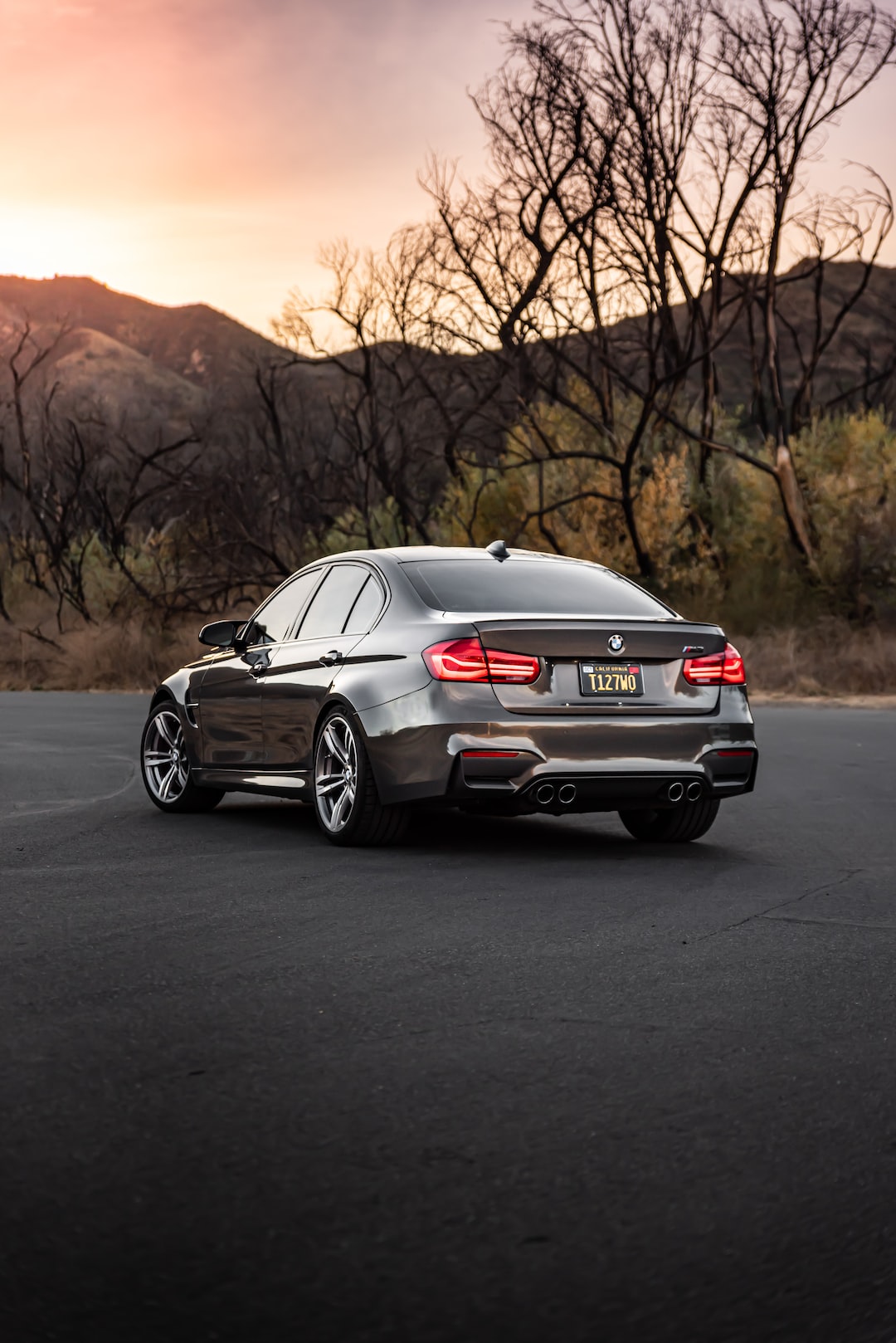The automotive industry is an ever-evolving field that continuously pushes the boundaries of design and innovation. As technology advances and consumer demands change, the future of automotive design is set to be an exciting and transformative one. In this blog post, we will explore the trends and influences that will shape the future of automotive design.
One of the most prominent trends in automotive design is the shift towards sustainability. With concerns over climate change and carbon emissions, automakers are increasingly incorporating eco-friendly features into their vehicles. Electric and hybrid cars are becoming more common, and these vehicles often have sleek, futuristic designs that reflect their innovative nature. As consumers become more environmentally conscious, automakers are investing heavily in developing and refining green technologies.
Another significant trend in automotive design is the integration of artificial intelligence (AI) and autonomous technology. Self-driving cars are no longer science fiction, but a reality. As autonomous vehicles become more prevalent, design elements will need to adapt to meet the unique needs and expectations of passengers. Interior spaces will be transformed into comfortable and technology-rich environments, where passengers can work, relax, or be entertained while in transit.
Connectivity is also poised to have a substantial impact on automotive design. With the rise of the Internet of Things (IoT), vehicles are becoming increasingly connected to the digital world. This connectivity opens up endless possibilities for enhancing the driving experience. Integration with smartphones and wearable devices, as well as advanced infotainment systems, will provide drivers with personalized features and information at their fingertips. Designers will need to find creative ways to seamlessly integrate technology into the vehicle’s aesthetics.
Furthermore, the concept of mobility as a service (MaaS) is gaining traction. Instead of owning a vehicle, people are opting for shared transportation options. This shift towards a more service-based model will influence the design of automotive interiors. Flexibility and adaptability will be key, as vehicles will need to cater to the needs of different users throughout the day.
Lastly, cultural and societal influences will play a role in shaping future automotive design. As preferences and tastes vary across different regions and demographics, automakers will need to consider these factors when designing vehicles. The desire for individuality and personal expression will likely lead to more customization options, allowing consumers to create a vehicle that reflects their unique style.
In conclusion, the future of automotive design is set to be a dynamic and transformative one. Sustainability, AI and autonomous technology, connectivity, mobility as a service, and cultural influences are just some of the trends and influences that will shape the vehicles of tomorrow. As automakers strive to meet evolving consumer demands, we can expect to see a new era of innovative, stylish, and environmentally-friendly cars on our roads in the years to come.

